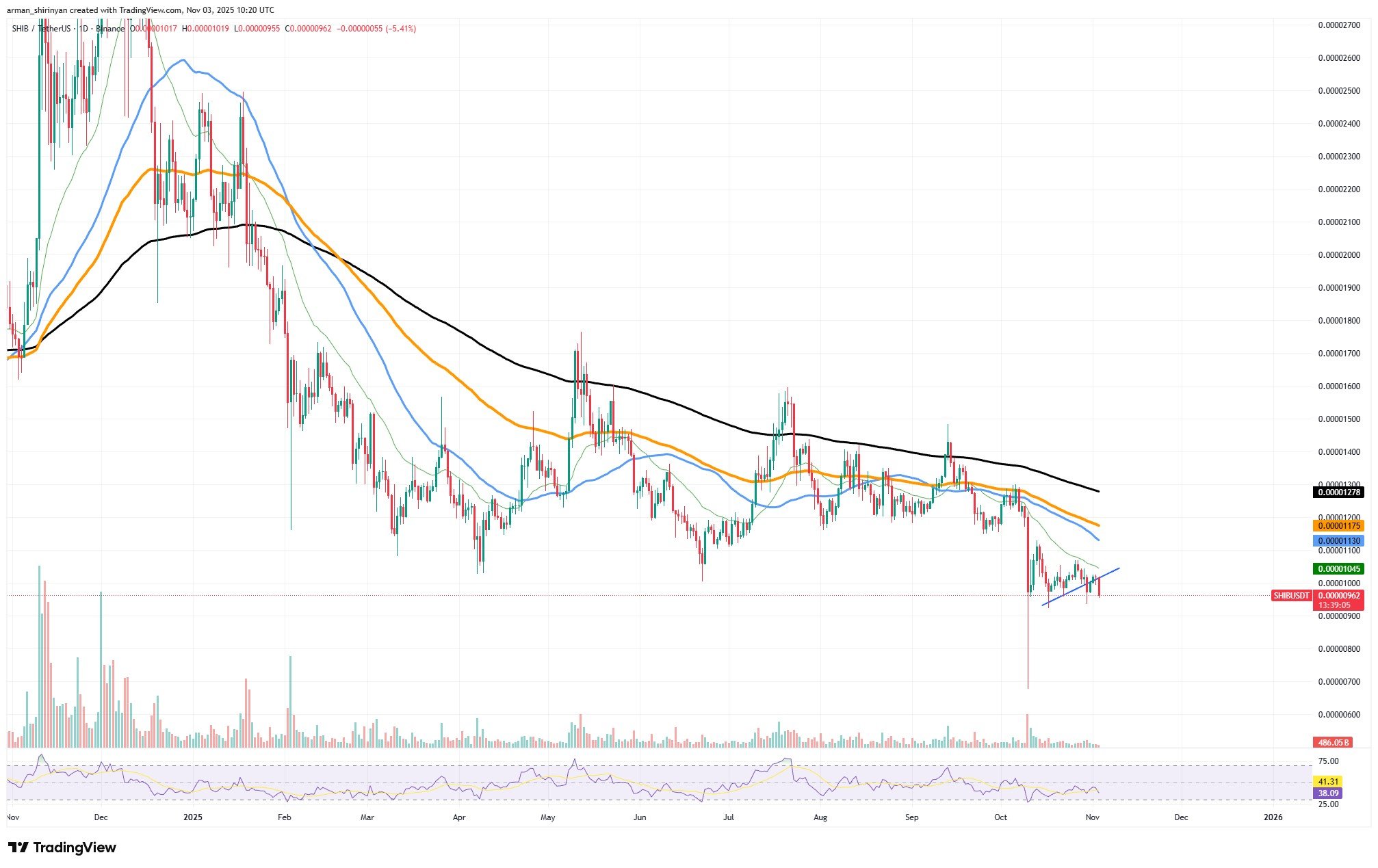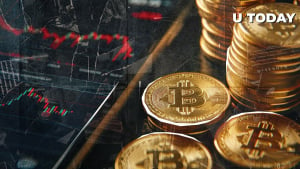
Disclaimer: The opinions expressed by our writers are their own and do not represent the views of U.Today. The financial and market information provided on U.Today is intended for informational purposes only. U.Today is not liable for any financial losses incurred while trading cryptocurrencies. Conduct your own research by contacting financial experts before making any investment decisions. We believe that all content is accurate as of the date of publication, but certain offers mentioned may no longer be available.
On-chain data indicates that centralized exchanges are in danger of losing the 82 trillion SHIB reserve threshold, suggesting that Shiba Inu is experiencing a significant change in its exchange dynamics. SHIB exchange reserves are currently at about 81.2 trillion tokens, according to CryptoQuant data, which shows a steady and quickening outflow trend over the previous few days.
Exchange netflows
During the most recent 24-hour period, the total exchange netflow, which is the difference between tokens coming into and going out of exchanges, fell to about -81.2 billion SHIB. This indicates that more tokens are being taken out of exchanges than are being added, which is a tendency usually linked to accumulation or sentiment toward long-term holding.

The story is complicated by the timing, though, as SHIB’s price continues to decline (it is currently trading at about $0.0000096, down more than 5% in the last day) even as exchange reserves are decreasing. The pattern points to a combination of market activity, with some investors withdrawing coins from exchanges to keep privately and others selling their holdings as prices drop.
SHIB gets rejected
Technically speaking, the price chart shows increasing weakness: volume is still declining, and SHIB has rejected the 100- and 200-day moving averages once more. When the RSI is below 40, it indicates growing bearish momentum.
If this pattern persists, exchange-held SHIB may fall below 81 trillion, which is a crucial structural and symbolic level for market liquidity. Such a decline may indicate a tightening supply on exchanges, which could be bullish in the long run. However, it also indicates less liquidity for short-term trading, which could increase volatility.
It is unclear if the reserves will rise above 82 trillion. Depending on the general mood of the market, comparable outflows have historically preceded both recovery rallies and subsequent declines. Nobody can predict which side will prevail this time around, as SHIB is currently torn between accumulation and exhaustion.

 Dan Burgin
Dan Burgin Vladislav Sopov
Vladislav Sopov U.Today Editorial Team
U.Today Editorial Team